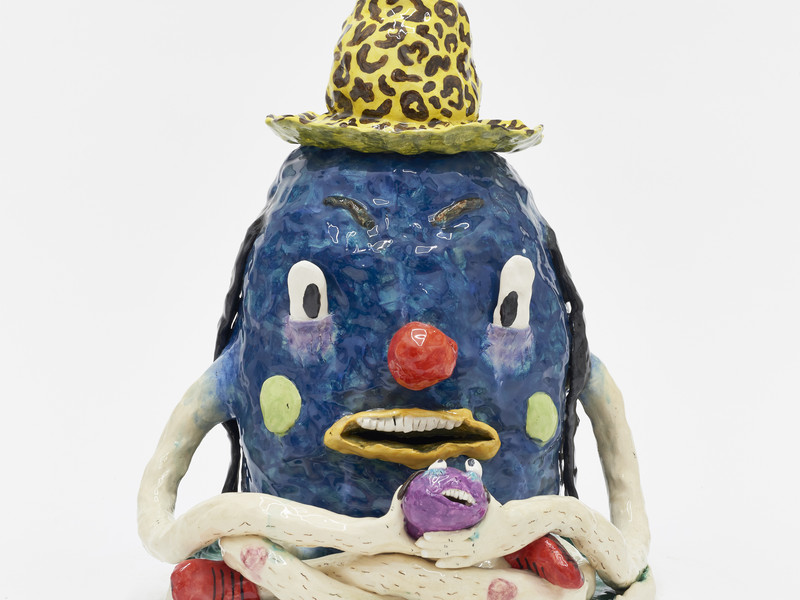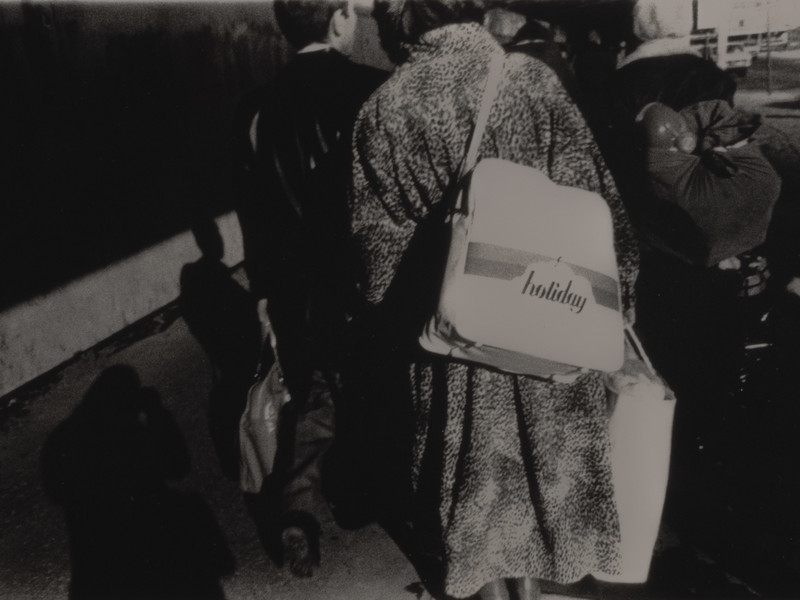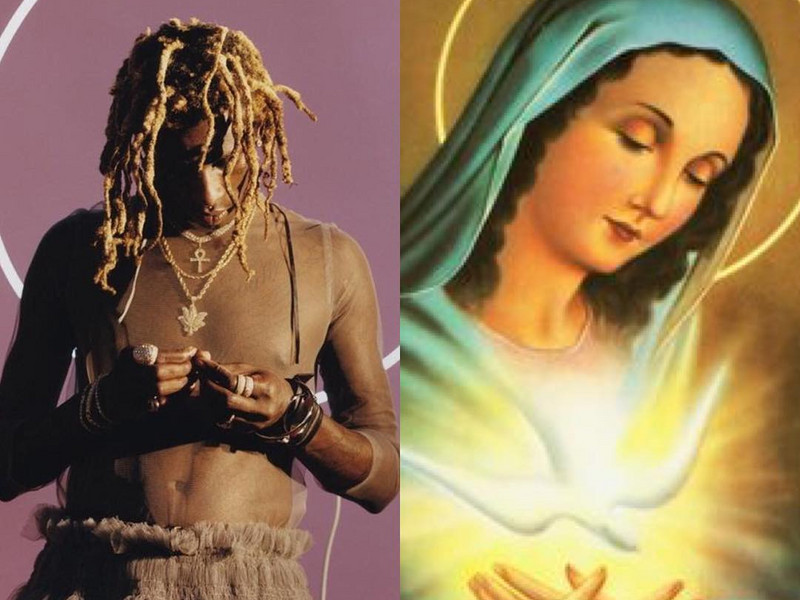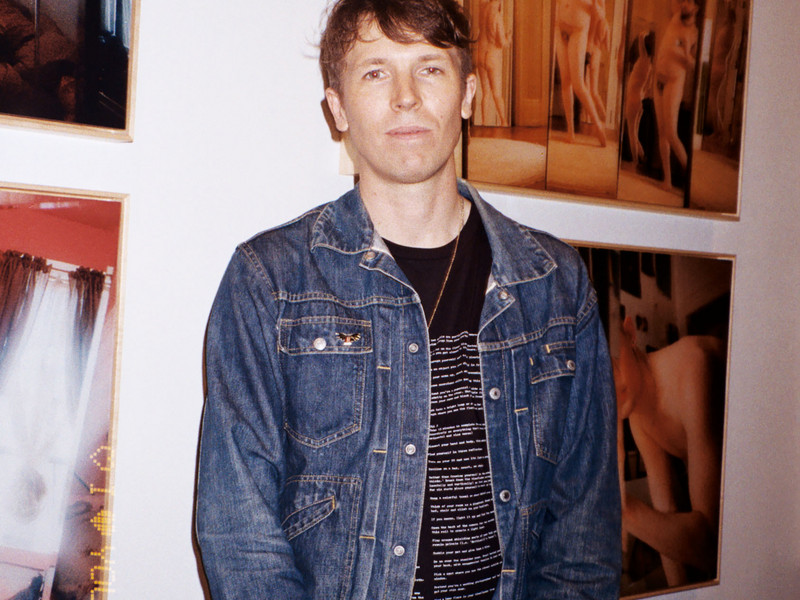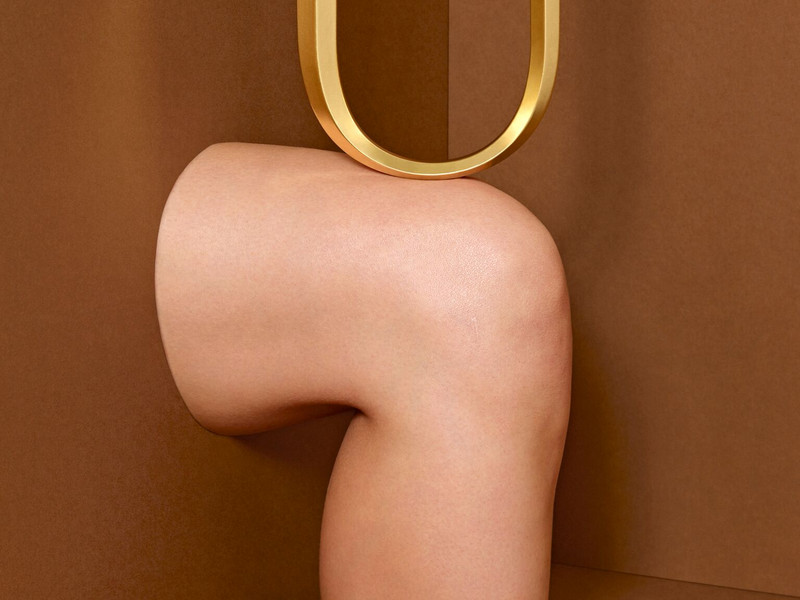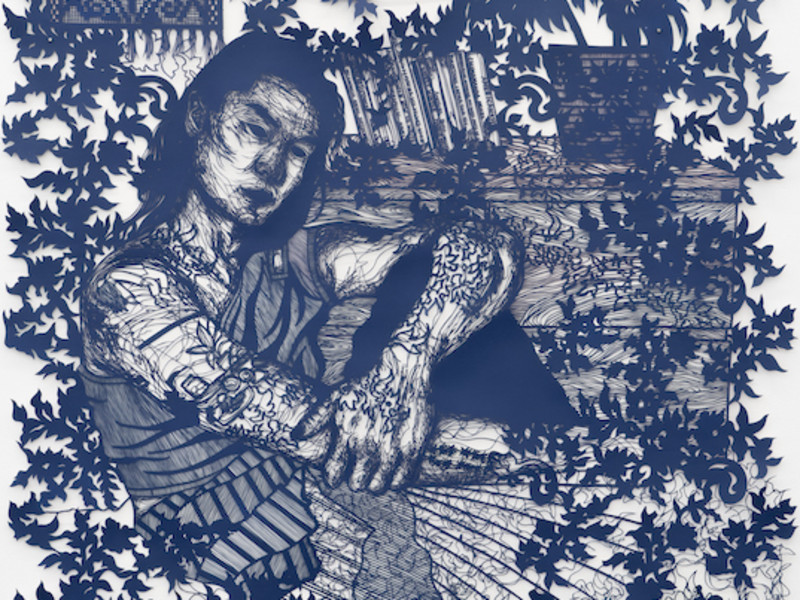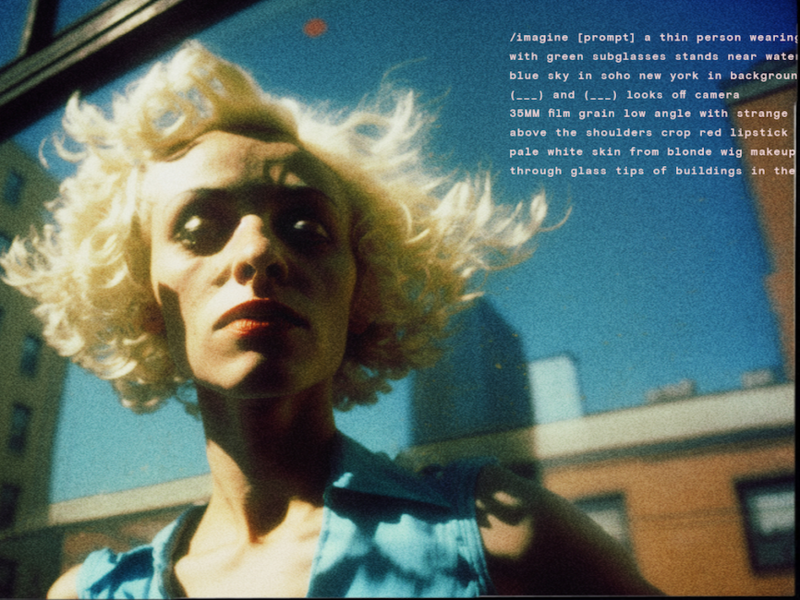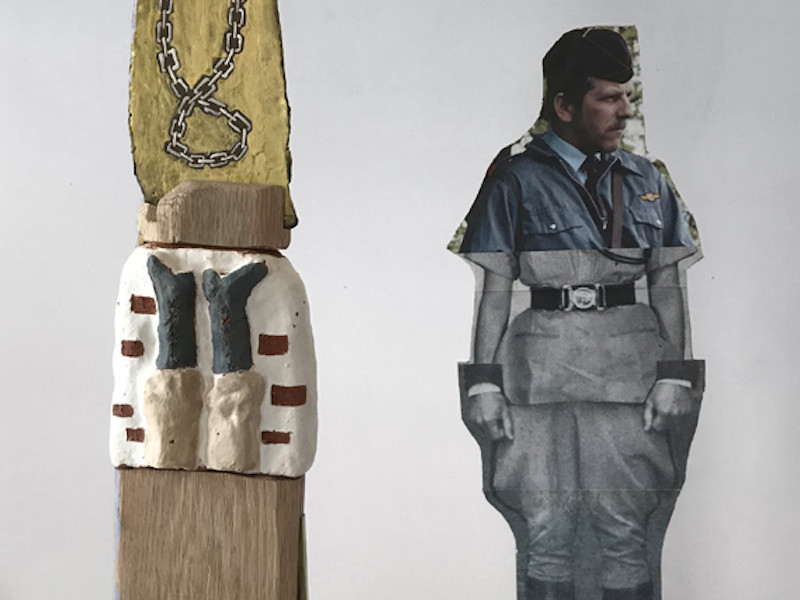More Until There Is No More
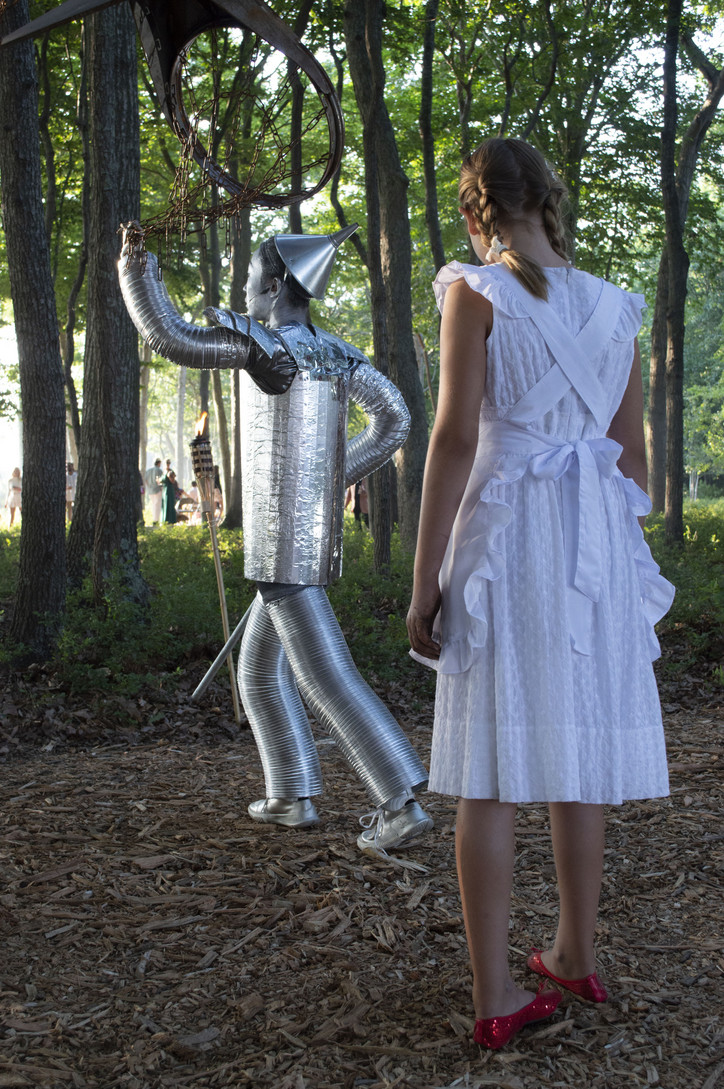
The Watermill Center sits in the Water Mill hamlet of Southampton on New York’s Long Island. Though only two hours outside of New York City, the center feels far removed from urban life. On spaces of soft dirt, one travels a garden spanning the entire grounds. Nestled in this dense swath of forest, the center’s looming architecture and manicured grounds would make an impression on any day—but for the annual fundraiser, the scenery is nearly imaginary.
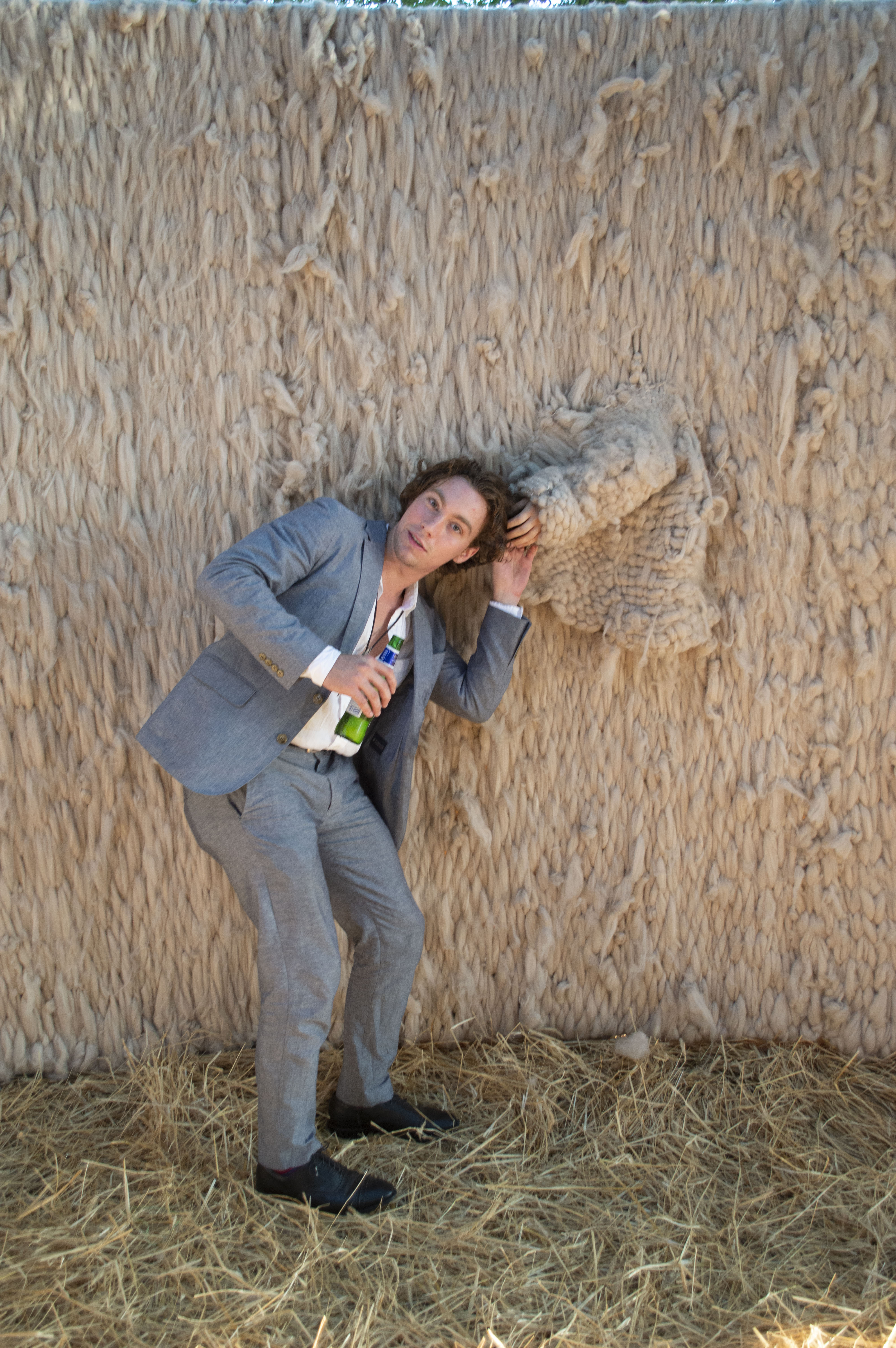
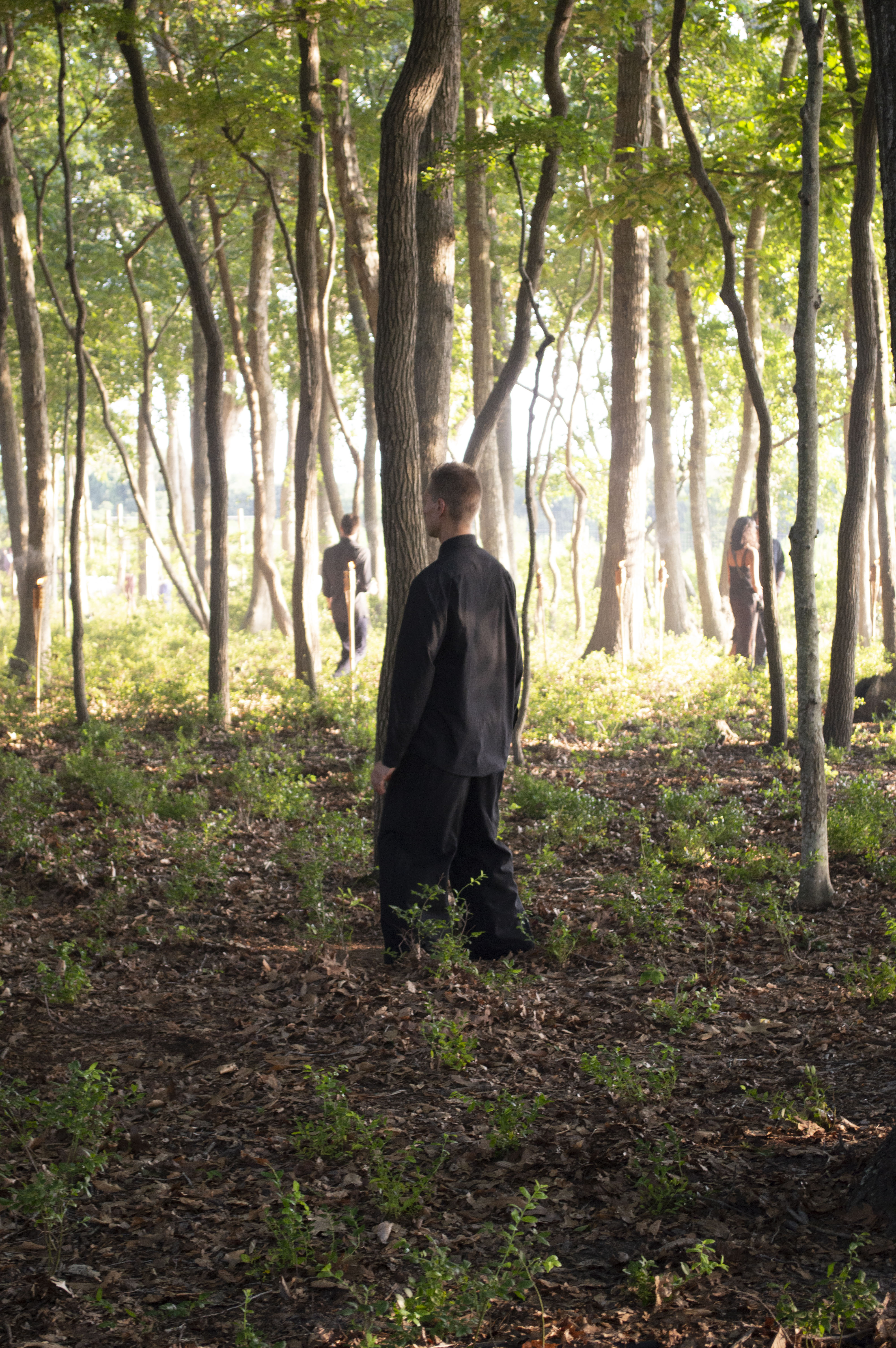
The theme for the night has been advertised as “more until there is no more”—a tricky dress code for any stylist. While such opaque guidelines for decorum may open the door to all kinds of fun, a darker message rests beneath the surface of the cardstock. To wit, the Watermill Center’s media people understand that the art market has reached a volatile boiling point—which means they must choose a side, while still maintaining a certain diplomacy. More until there is no more therefore reads as a series of entendres—a literal celebration until the close of the night; the last hurrah of irreverent opulence; a contemplation of the blank slate of a new covenant.
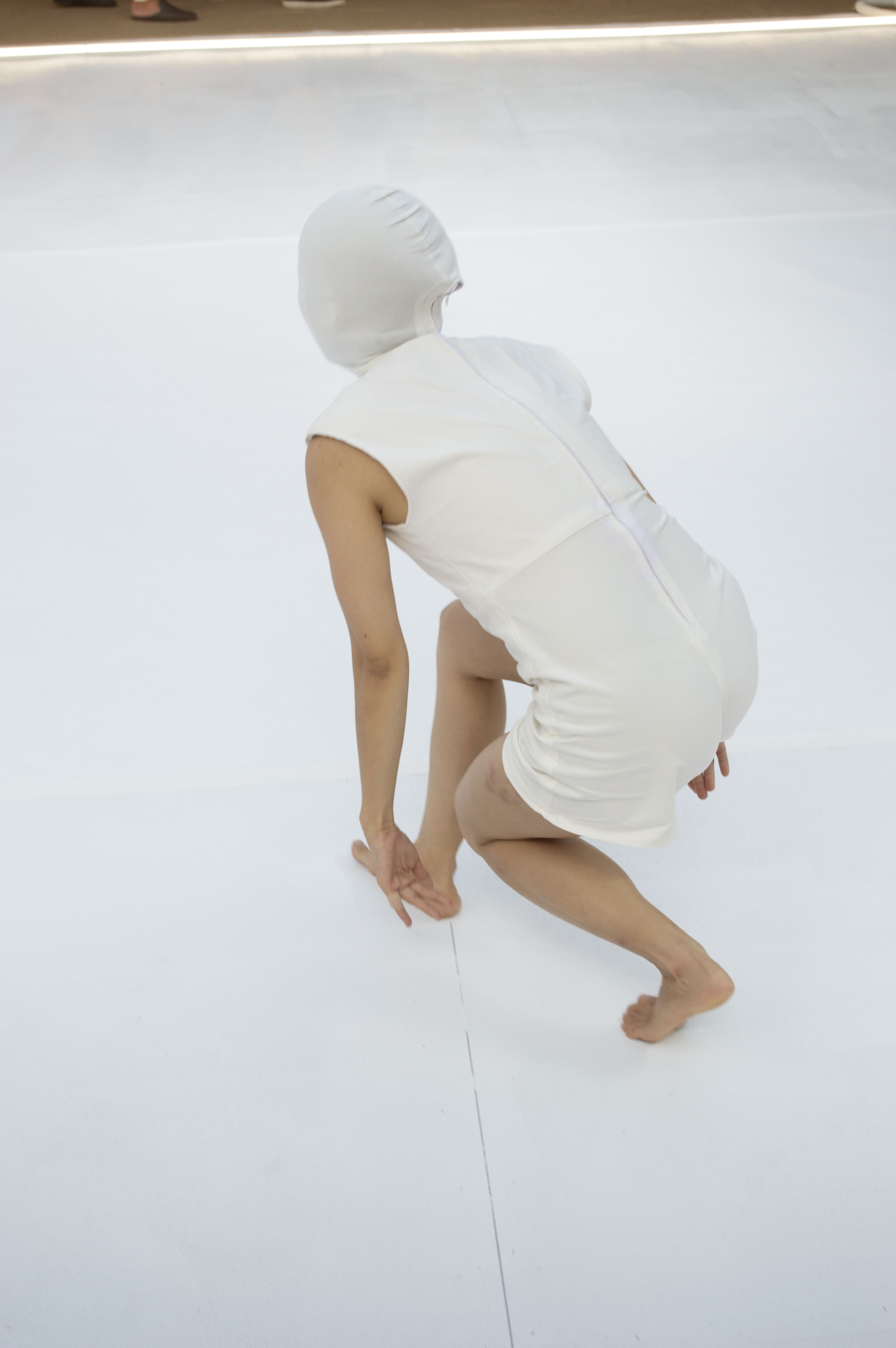
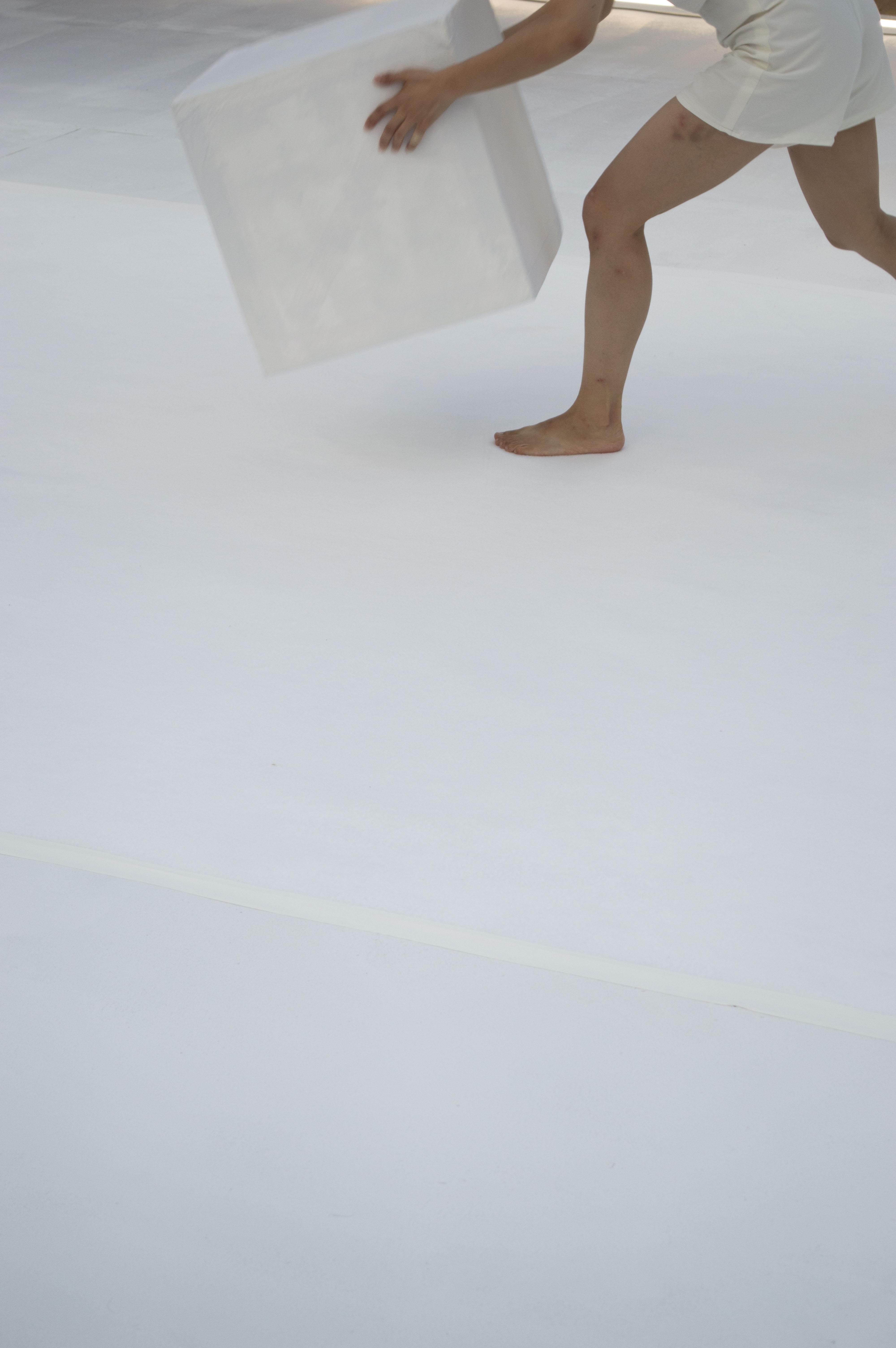
This particular event celebrated supporters Katharine Rayner and Carrie Mae Weems, hosting pieces by Humberto Diaz, Brian Belott, Graciela Sacco and Liz Glynn to name a few of the over 40 exhibiting artists. Underneath the stars in a forest that toed the line between utopia and dystopia, guests wandered through the loosely packed dirt trail to uncover the conceptual vision of the artists, performers and curators.
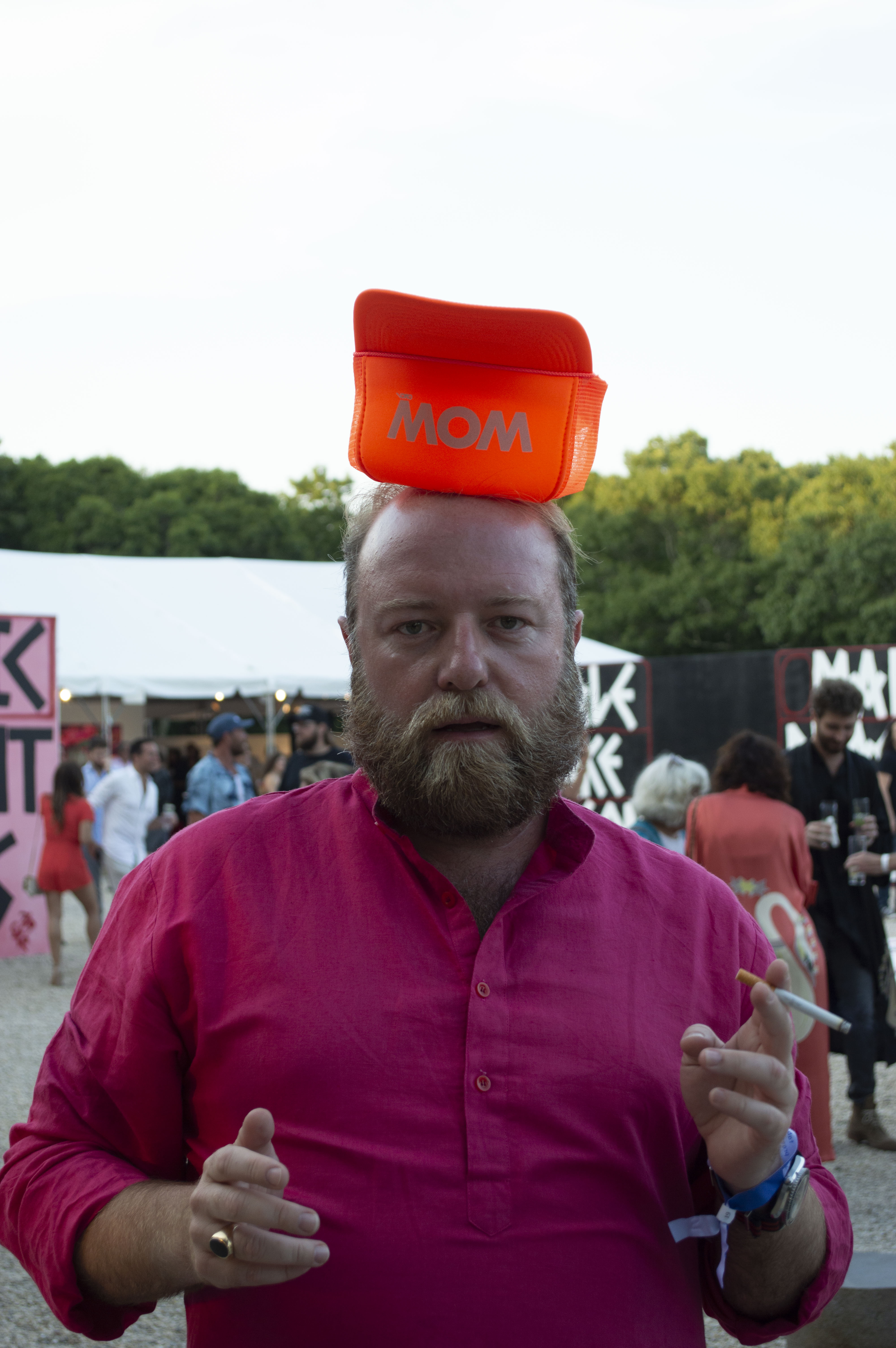

Atop a purpose-built cottage, three performers in red-feathered suits play dissonant string instruments. Haunting frequencies emanate from speakers placed in the flowerbeds and bushes that ring the pedestrian avenue. In another instance of dual meaning, the ensemble makes a visual pun relating to Watermill founder Robert Wilson’s earlier institution, the Byrd Hoffman School of Byrds. Whether or not the guests draw this parallel has no bearing on the effect of the performance; lingering mentions of Kubrick’s Eyes Wide Shut abound in the primed afternoon, or the more contemporary “This feels like a Jordan Peele movie” as heard by an audience member.
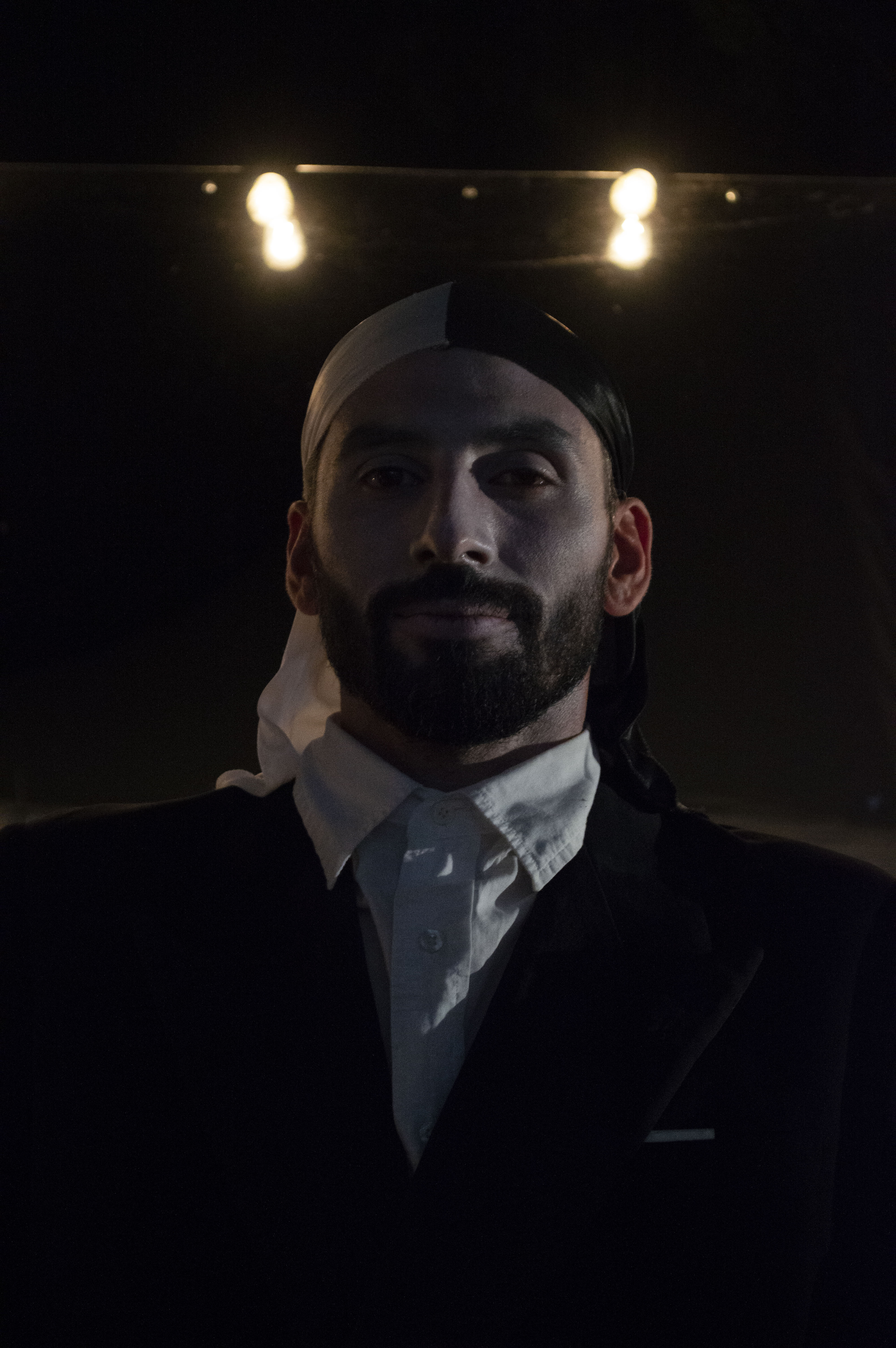
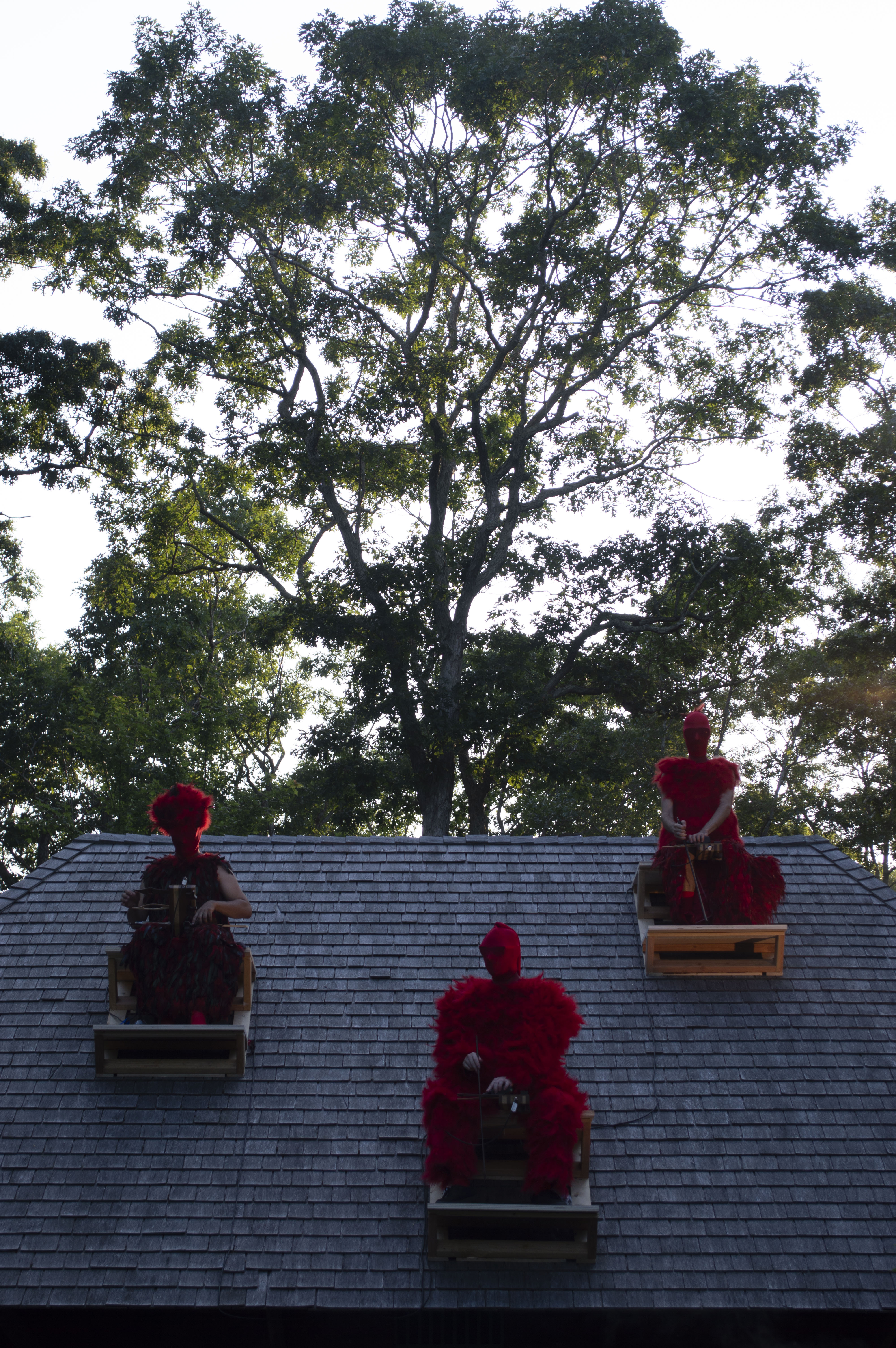
On the sides of the house, women lay bare wrapped in cellophane. A site squeamish to most, they lay perfectly still with their eyes seemingly never blinking. Fresh drops of dew from the recently trimmed grass collect on the rough transparent plastic wrap that covers their skin. The immediate juxtaposition between this and the aforementioned feathered free jazz trio forces audience members to question what the rest of the night will hold.
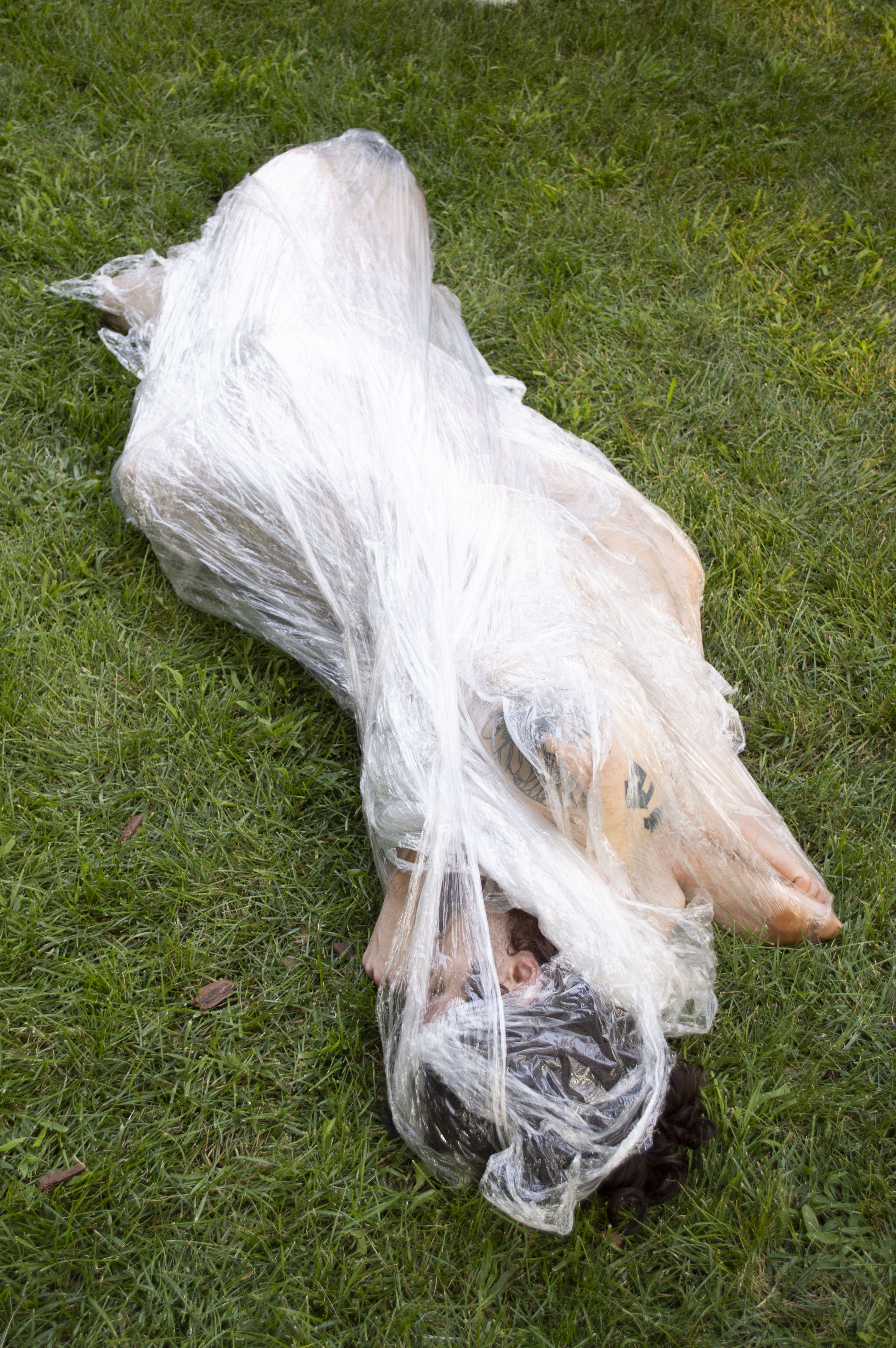
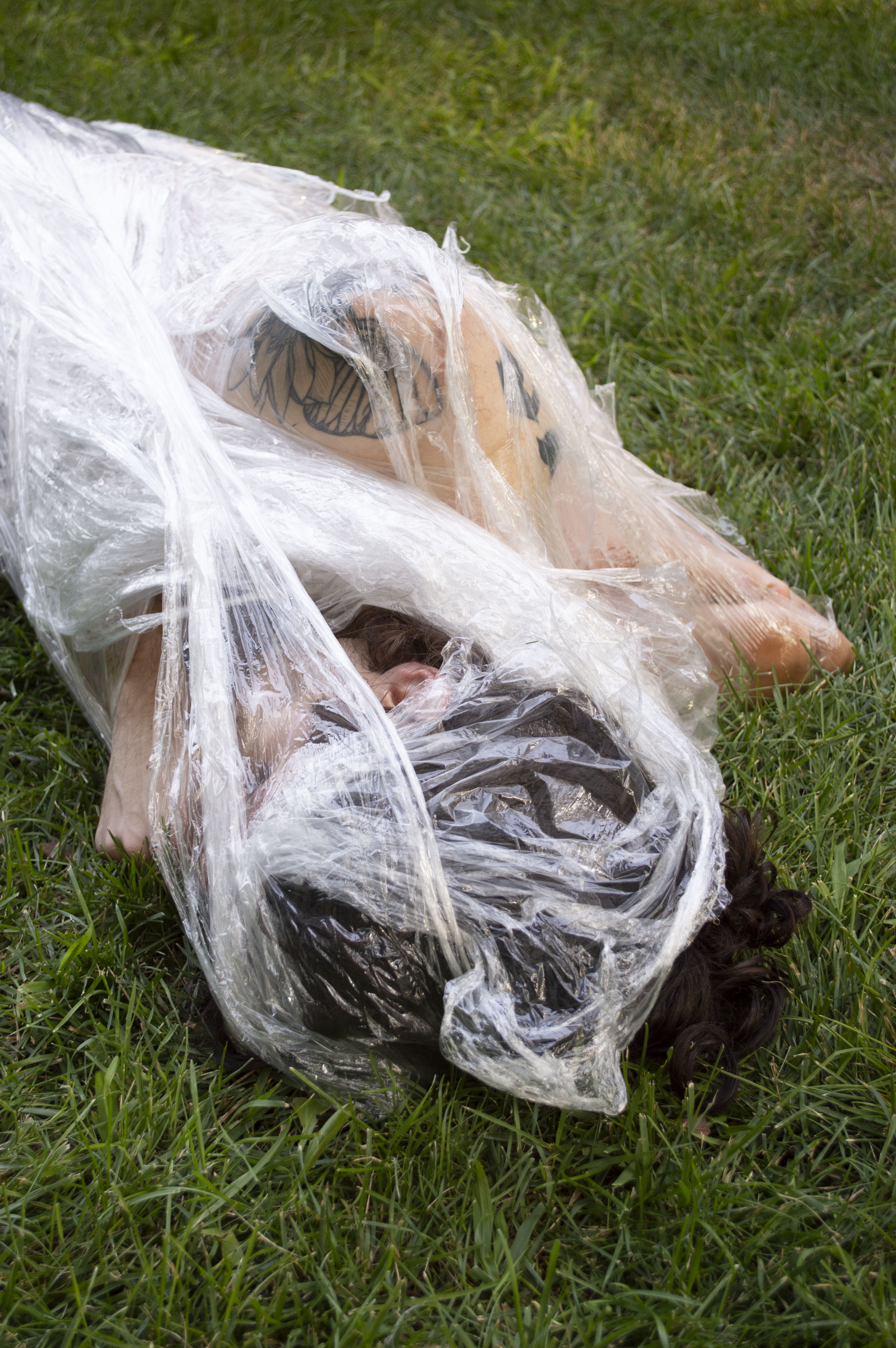
Deeper into the woods, the cultish ambiance intensifies. New and eerie sounds of mysterious origin mix with the birds' strings, a saw scratching at the metal of the violins and a violent echo reverberates across the trees. One cannot help but feel both excited and disturbed. A man with limp shoulders and neck convulses at the knee, droning from his throat and staring straight ahead with empty eyes. He does not acknowledge curious viewers who approach and try to meet his gaze. Still more performers dot the forest—an ancient Greek in a 5-foot dirt hole plays a Fender Stratocaster with a butterknife; an enormous fly crushes a writhing performer into the loose soil; Young Dorothy follows a tin friend around an orb of rusted basketball hoops at a crawling pace; two transparent-boxes exhibit couples sharing muted but surely personal conversations in the safety of voyeuristic bedrooms. Because the center has not left any guidelines for interaction with the performers, guests must test the limits of tact themselves. While some acts deny engagement by way of physical barriers, others invite guests to go so far as to touch them. As a collection, the performances reveal a deeper language than the cheap, albeit alluring, cult aesthetic that guests spoke of at the entrance. Concerns of madness, privacy, intimacy and self-consciousness emerge, pushing viewers to consider their notions of authenticity and value—broadly, but also in the context of the arts.
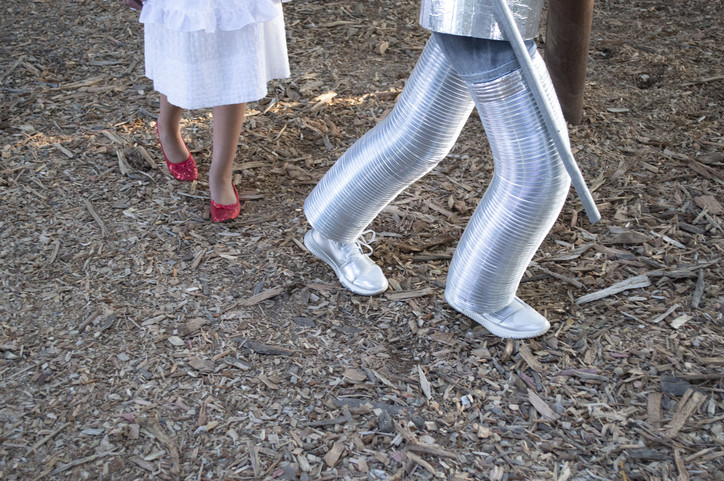
Guests exit the forest into a gravel plaza full of temporary structures, mural-sized paintings and a dancefloor with scheduled acts. Away from the sounds of the forest, the ambiance shifts to a more conversational and lighthearted mood, where guests can converse and watch livelier performance pieces. Miss Prissy and Brian Henry steal the show with consecutive krump pieces that seamlessly combine speed, bold gesture and grace. Beyond, a tent houses paintings in a more traditional gallery-style presentation. There, collectors and artists talk, laugh, build relationships and silently bid on the pieces beside them. Surrounded by pieces that will be auctioned off later that evening (this was the silent auction portion). The well-managed intimacy and exclusivity of the event seems to democratize the sense of celebrity, and in rare form, guests and exhibitors engage very organically.

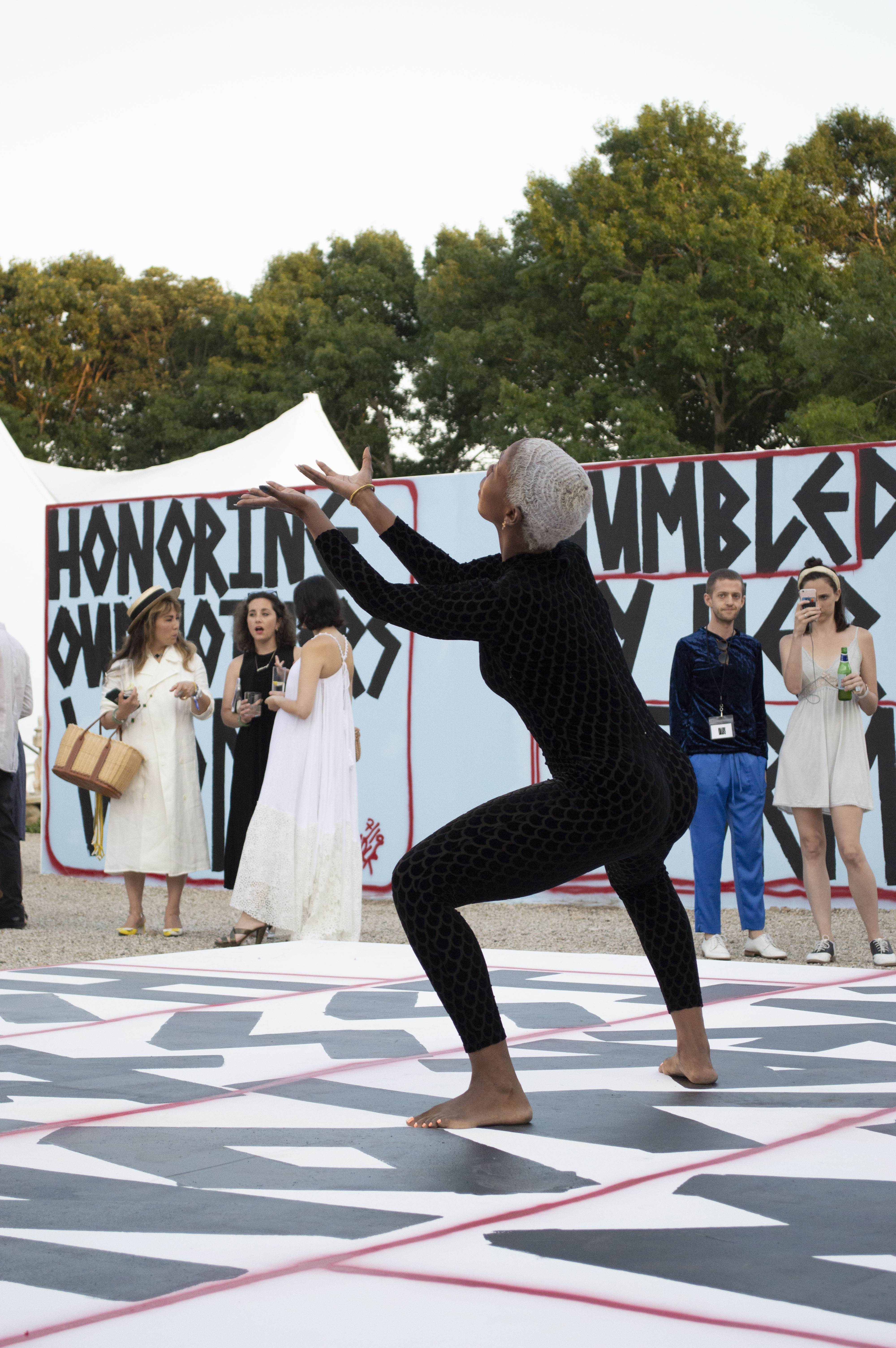
As night descends, staff members usher guests to the dining area. At long tables arranged around a low catwalk and stage, they wine, dine and regale. A man in glasses tries to buy the watercolor-stained pants off of the legs of another guest for two thousand dollars, who declines. Between the tables, burlesque dancers in drag move in slow motion among arrangements of fruit wrapped in nylon stockings, baroque candelabras and lipstick-stained cigarettes. Bianca Casady speaks through a megaphone while dressed as Charlie Chaplin as more queens strut down the raised promenade. After the main courses, the fundraising auction begins.

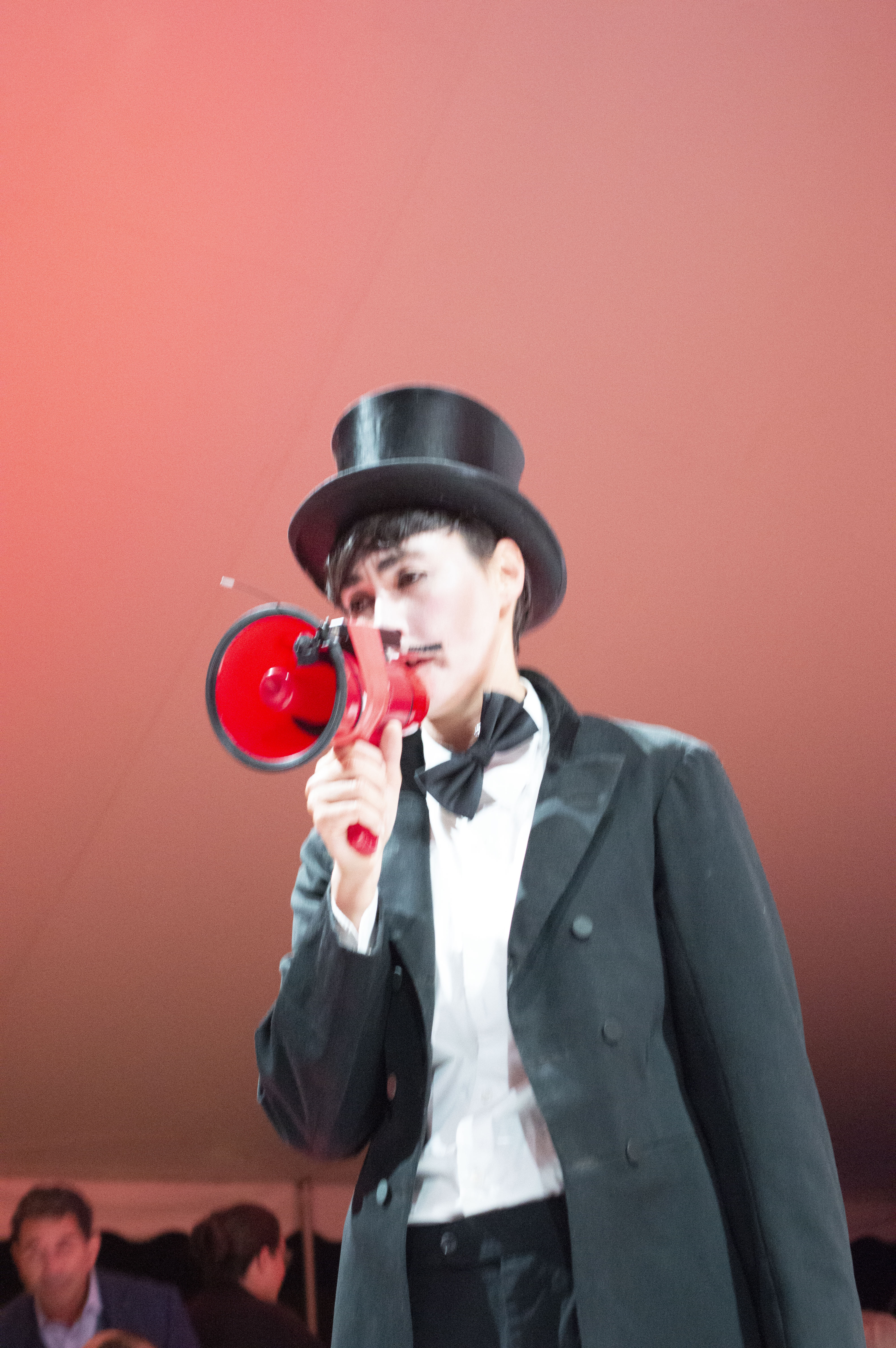
The first piece rakes in around 40k and the next upwards of 60k. As patrons bid feverishly on what they anticipate will be appreciating assets, disgruntled waitstaff utter, “That’s more than my student loans.” More, more! Soon, there is no more art to sell. Naturally, the atmosphere grows tenser as the wealth disparities in the room become apparent—but a welcome closure of the auction and movement to the dancefloor and afterparty segment quell tensions.
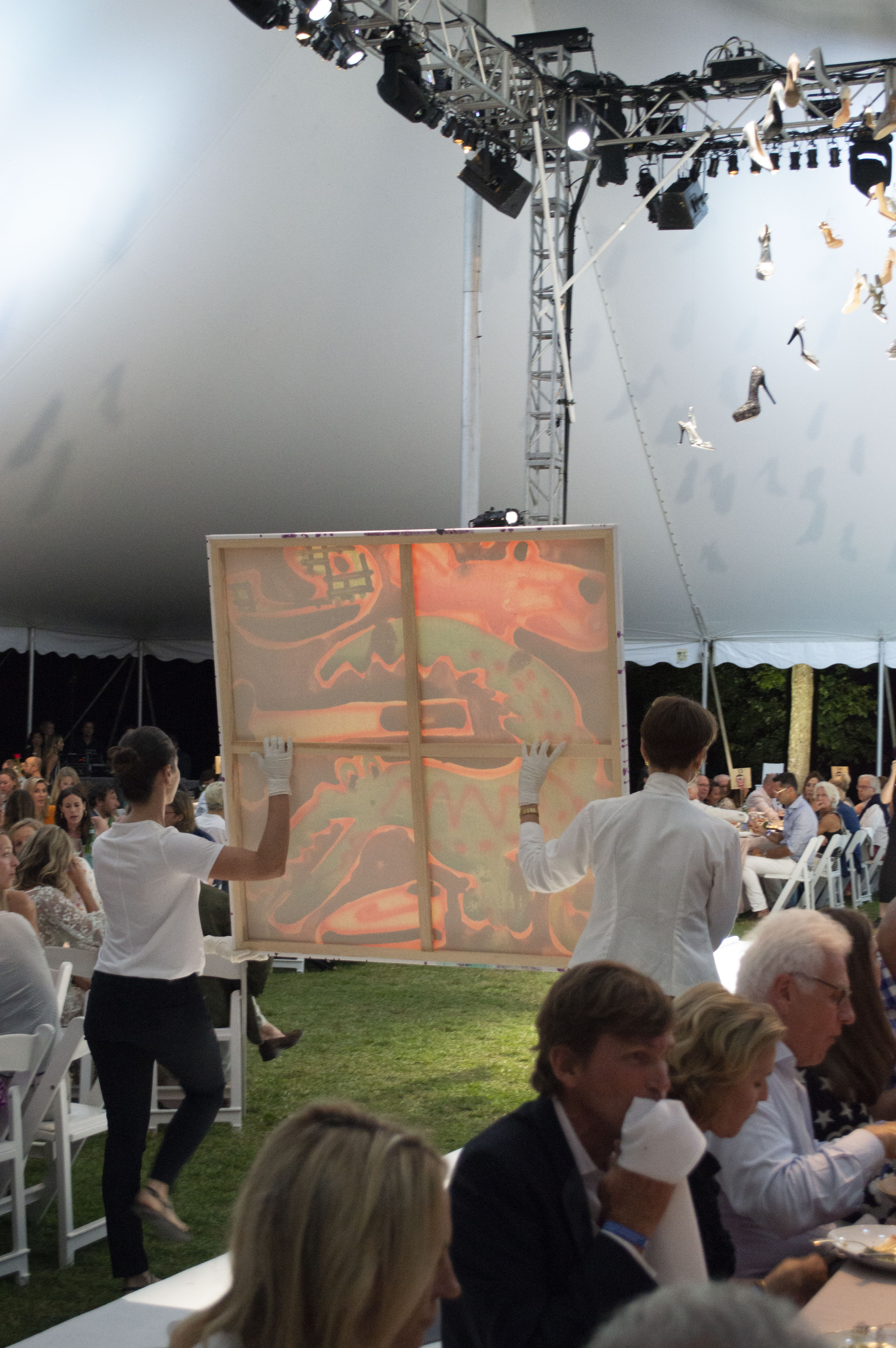

An aside: The Watermill Center and comparable establishments find themselves between rocks and hard places, where they must to some degree comply with the problematic market in order to fund the more honorable mission statements that allow them to affect change. While it may be frustrating in a petty sense to watch photographs sell at auction for the lump sum of one’s own student debt, it bears repeating that the proceeds of that exchange benefit a worthwhile cause. Where it not for the generous donations of works to be sold by such blue-chip artists and the high price of tickets, the Watermill Center would not be able to foster a community of emerging artists, and collectors would take their business to for-profit auction houses.
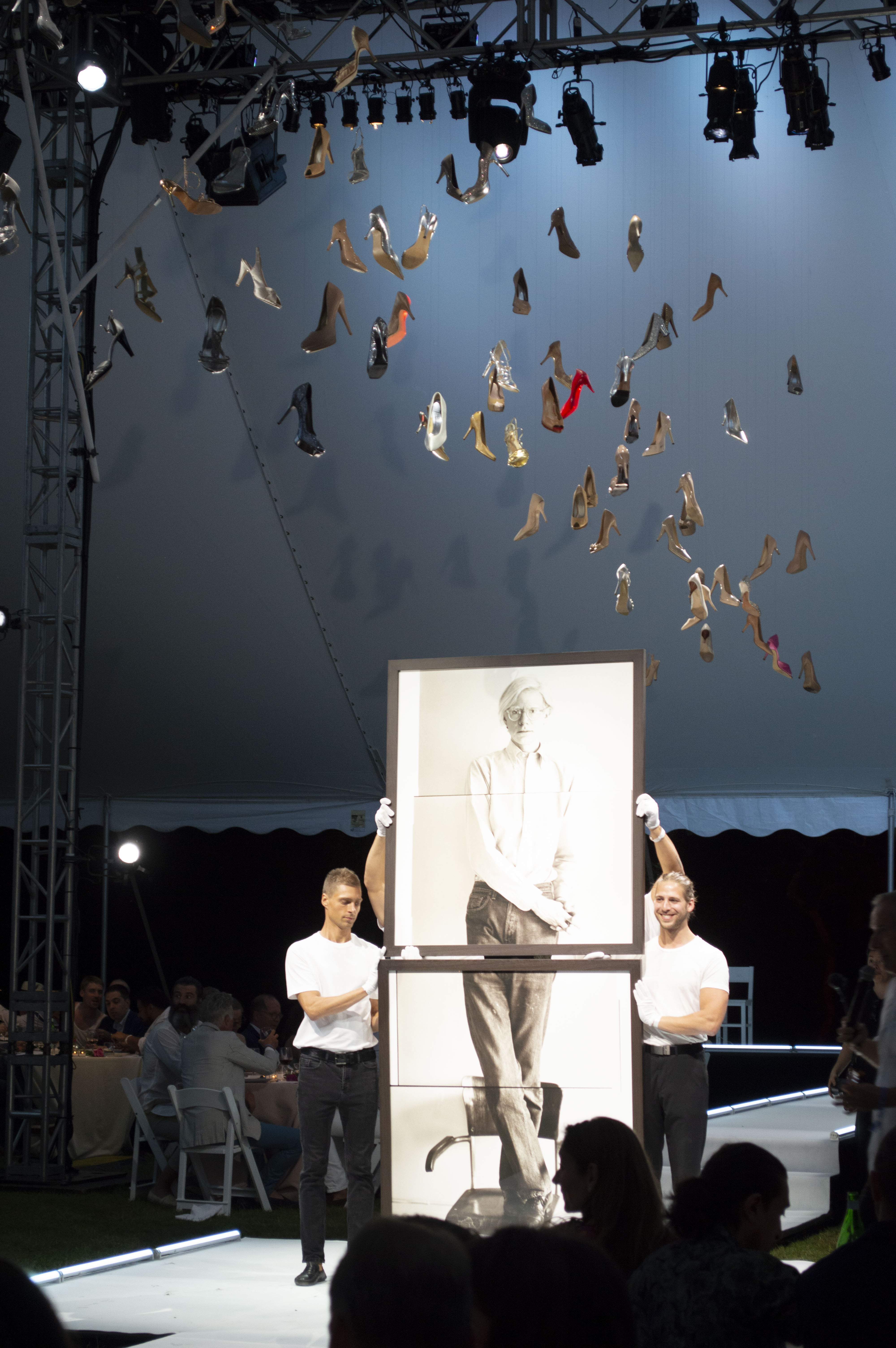
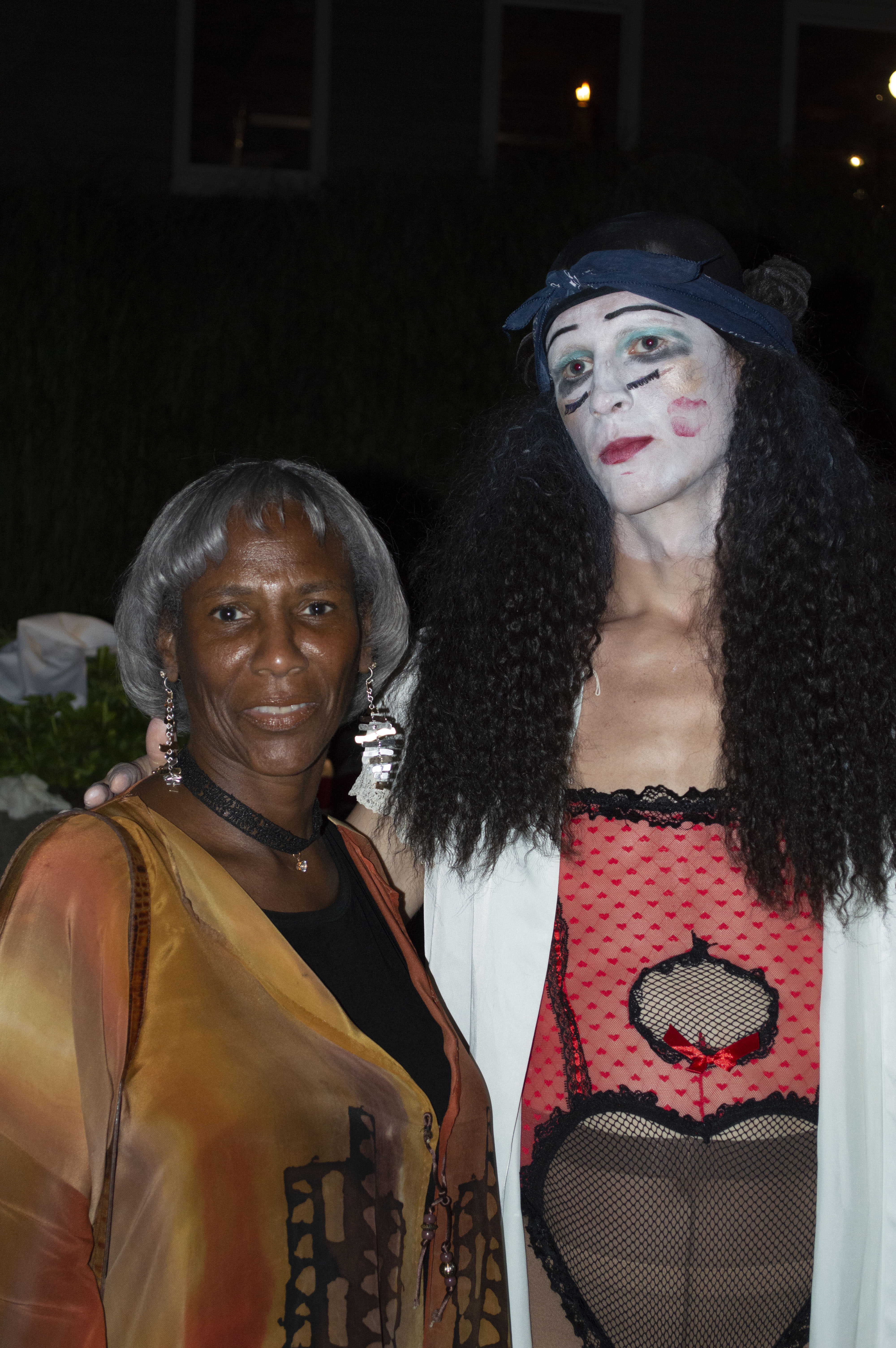
The afterparty marks the climax of the event. The DJ spins an 80s pop and new wave soundtrack that brings out otherworldly disco moves, acrobatic breakers and more interactive krump features by Miss Prissy and Brian Henry. Buttons come undone, ties loosen and wine spills as the party descends back to the familiarity of a (relatively upscale) city club. More until there is no more: an hour past its scheduled end, the event closes. On the way out, guests receive totes that contain pamphlets on the Watermill Center, French perfume and a book about plastic surgery.
